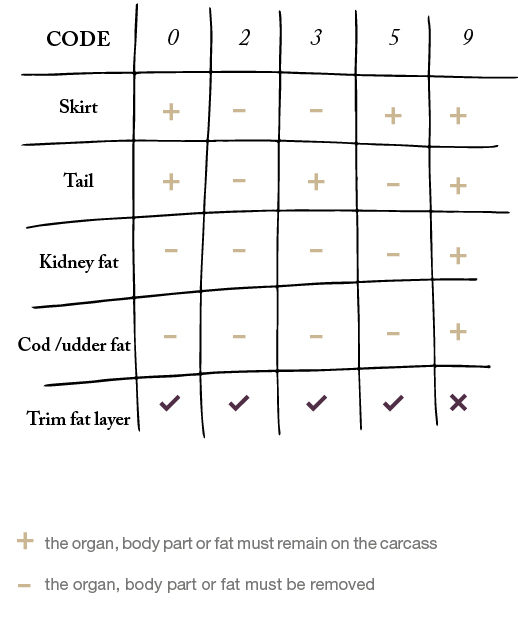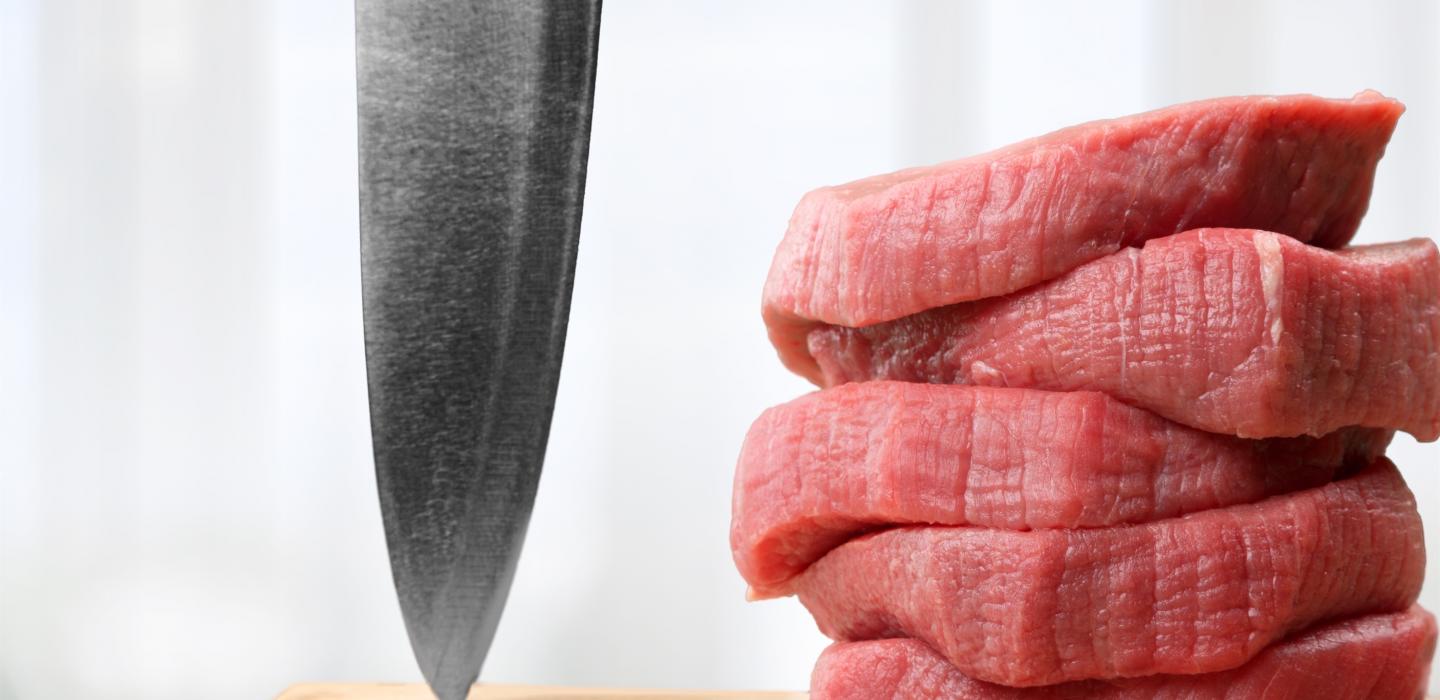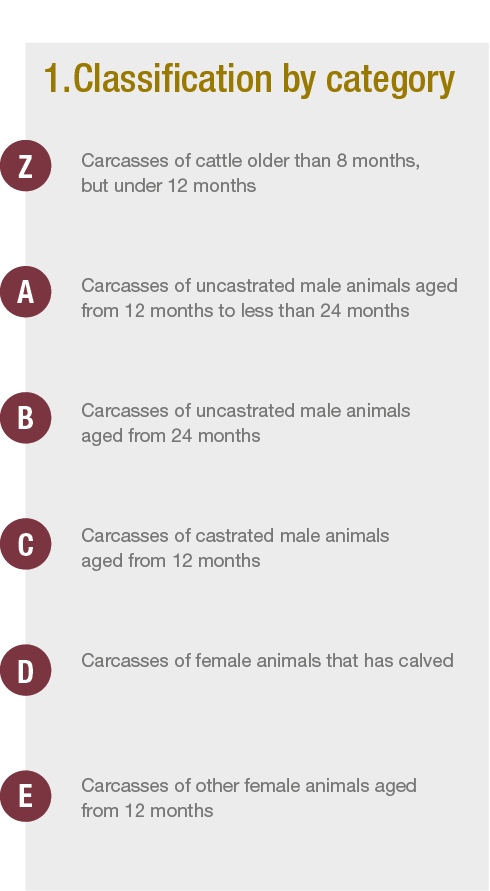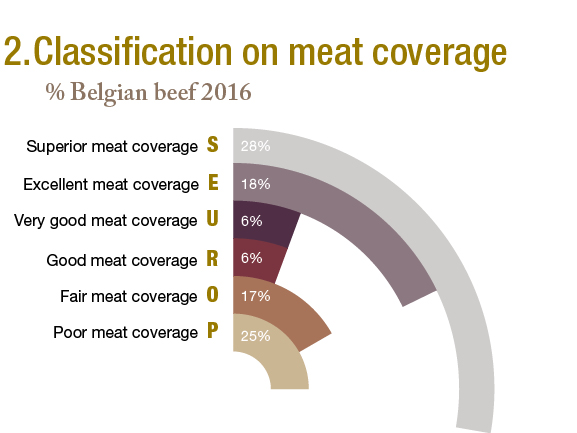Belgian producers work as flexibly as possible—at all stages of the process: slaughtering, processing and packaging. They fully adjust their operation to the requirements of their customers. That’s how the Belgian meat suppliers often distinguish themselves: by offering tailor-made services, which require knowledge and expertise the Belgian meat suppliers are known for.
Over the past two decades, a comprehensive consolidation process has taken place in the European slaughtering and boning industry. A logical phase, which has entailed a considerable investment and professionalisation for the sector. The industry ambitiously entered the new millennium, with Belgium at the centre.
The great strength of the Belgian companies lies in their:
- Knowledge and expertise: the Belgian industry is (still) characterised by its family nature. The management of many Belgian companies consists of family members of the second, third and even fourth generation, which resulted in an excellent mix of professionalism, knowledge and expertise. This is crucial for offering tailor-made services.
- Tailor-made services: Belgian abattoirs and butcheries are manned by professionals who meticulously comply with the wishes of their customers, and they deliver exactly what has been agreed to.
- High degree of specialisation: the top five Belgian abattoirs represent about 80% of the total beef production. Some abattoirs only concentrate on slaughtering and they sell full carcasses, others only specialise in boning and cutting—while there are of course also full-service companies, taking care of the complete process. This high degree of specialisation (one type or activity)—typical of Belgium, unlike the European Union and the rest of the world—ensure focus and dedication.
Quality, tradition and classification of slaughtered cattle
In all Member States of the European Union, slaughtered cattle are categorised according to a fixed classification. This classification, applicable for cattle older than 8 months, is determined by 3 aspects:
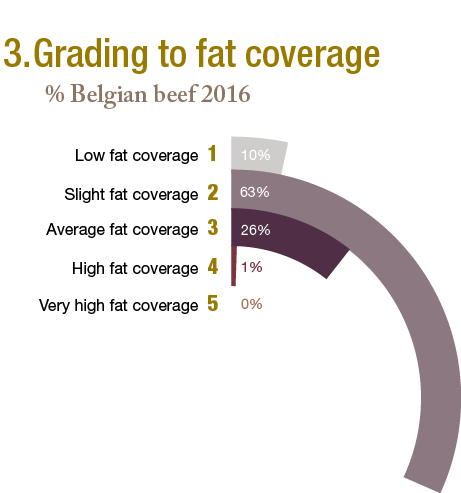
Labelling
This classification is stated as a triplet on the label: category, meat coverage, fat coverage. For example: AS2. In addition, abattoirs may classify the slaughtered cattle in subclasses of meat coverage and fat coverage. These subclasses are indicated by the characters -, = and + (depending on the degree of meat coverage and fat coverage). These subclasses are then also listed on the label, following directly on the letter or grade of the class in question. For example: DR+4-, BR-3.
In practice
Classifiers are responsible for the classification of slaughtered cattle. These classifiers are employed by the abattoir and are accredited by the Department of Agriculture and Fisheries. Their performance on the slaughter line is monitored regularly in the abattoirs’ refrigeration units.
The classifiers do the classification in the carcass weighing zone. The carcasses must be presented in one of the 5 presentation forms permitted in weighing and classification. The presentation form is displayed with a code:
